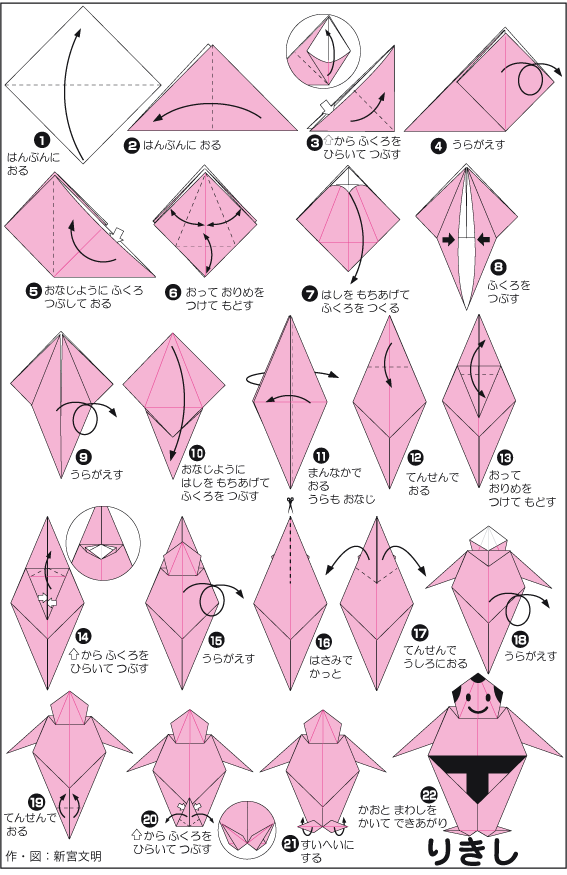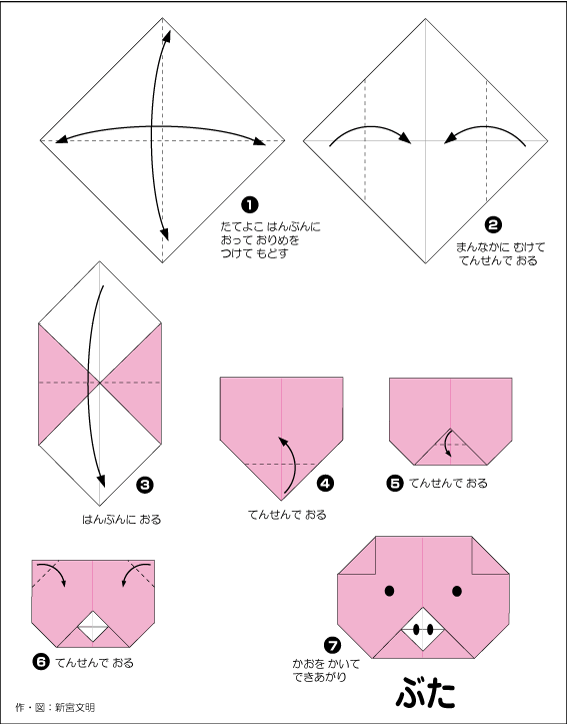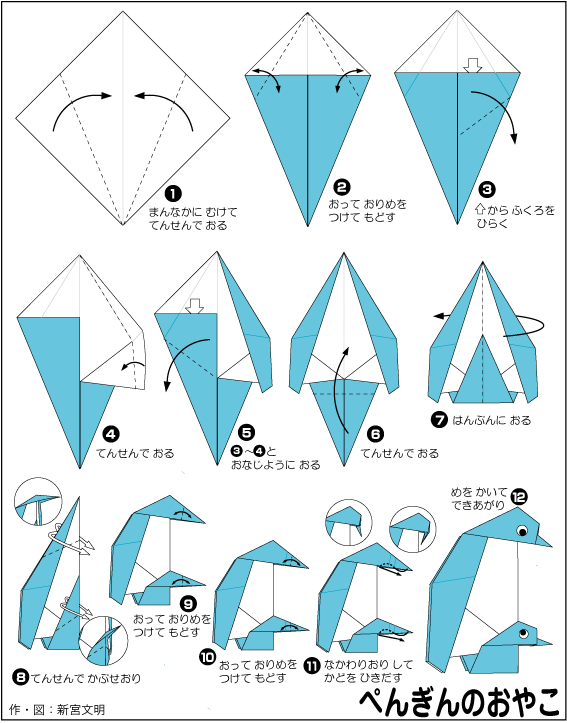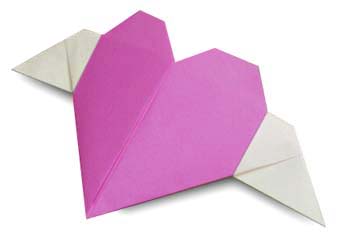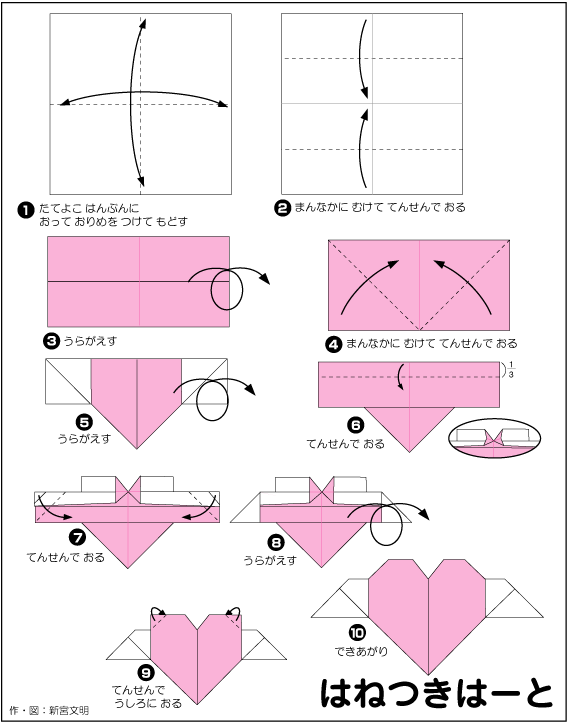Origami is not only popular in Japan but in many other countries, including Vietnam. It is an art form that attracts many people. Origami combines simple folding techniques to transform a square piece of paper into complex, non-cutting shapes.
Archaeologists do not have a definite answer. But everyone understands that paper-making technology from China was introduced to Japan in the 7th century.
After this introduction, the Japanese people applied and modified many manufacturing methods as well as paper-making materials, forming a unique paper culture with abundant, high-quality paper materials (fold and unfold multiple times without tearing, soft, durable, and beautiful…
This is the type of paper that the Japanese people are proud to have in the world with the name “Washi”. From there, the unique Japanese origami art was born.
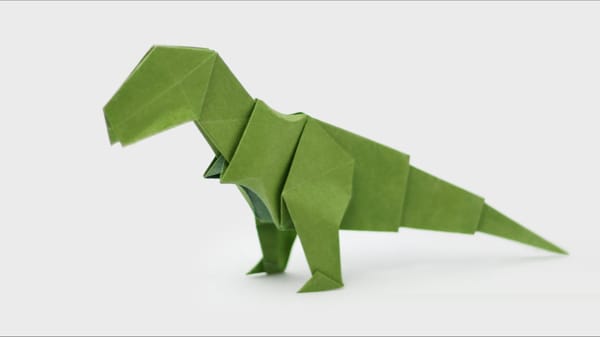
Since its appearance, Origami has become a traditional pastime of the Japanese people and has gradually become popular worldwide.
With just a small square piece of paper, you can fold it into different shapes like cute animals or beautiful flowers.
Due to the simplicity of the materials used in this art, it is easily loved everywhere.
Many Japanese people enjoy this game at home as well as at school.
The most well-known origami shape is the one that children are taught by their parents or grandparents, which is the crane.
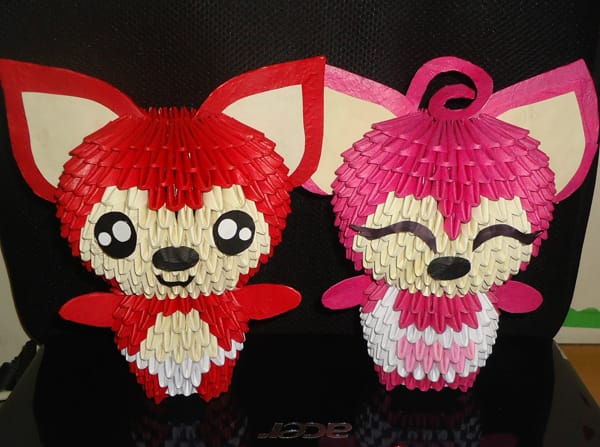
Other popular shapes include flowers, butterflies, crabs, and even challenging shapes like Christmas trees. Origami is especially loved by girls.
How to Fold an Origami Star
In the art of folding origami, there are many ways to fold a star. However, today I will introduce you to the two easiest patterns. So let’s try making them and share the results with me!
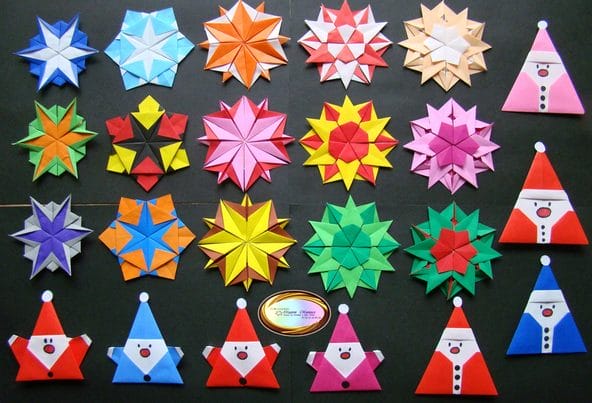
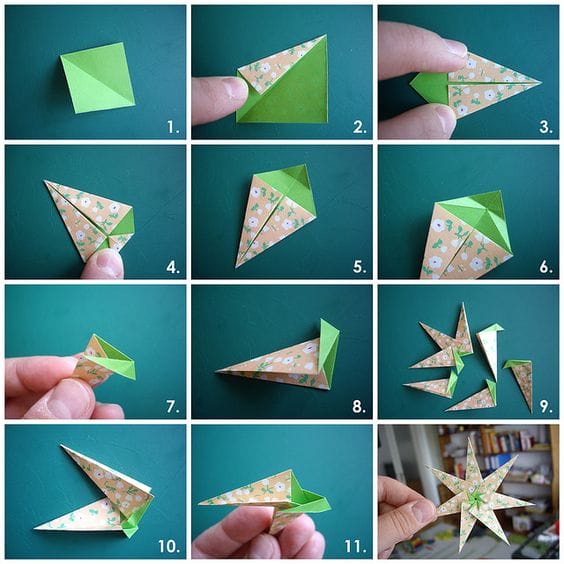
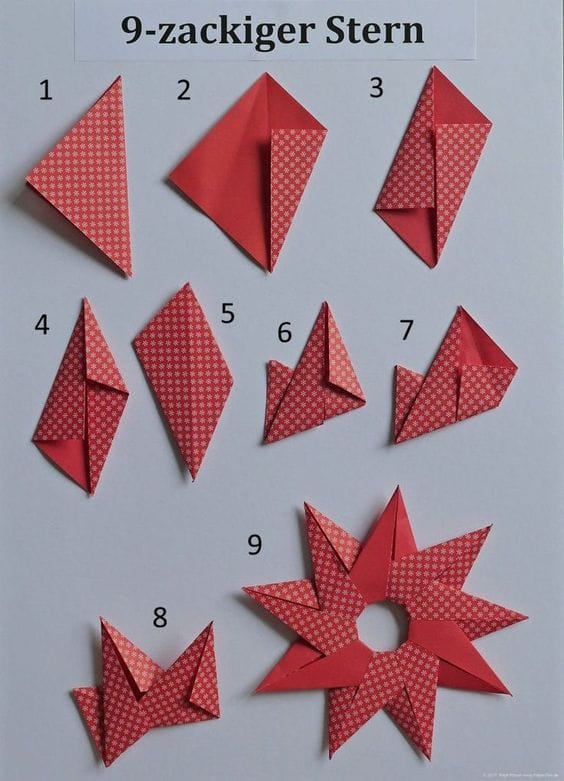
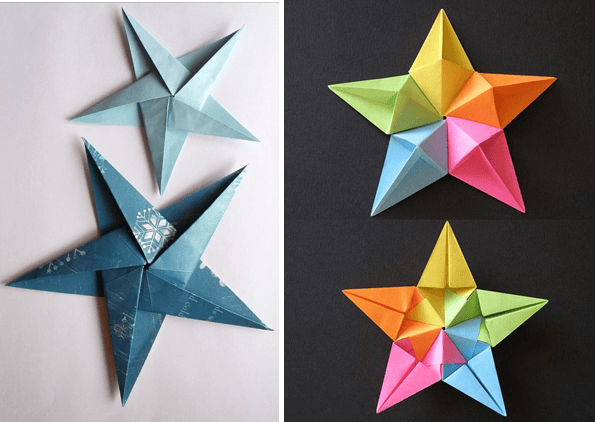
How to Fold an Origami Dog

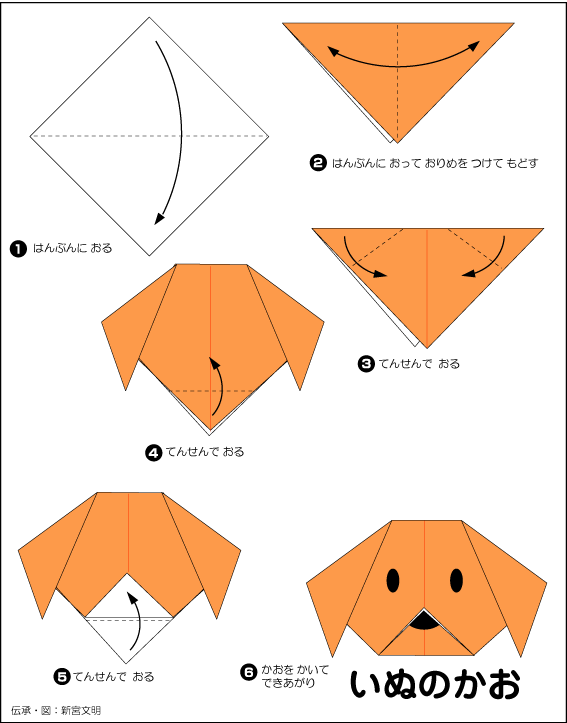
How to Fold an Origami Elephant
A large elephant can be made from a small square piece of paper. The origami elephant looks really adorable, doesn’t it?
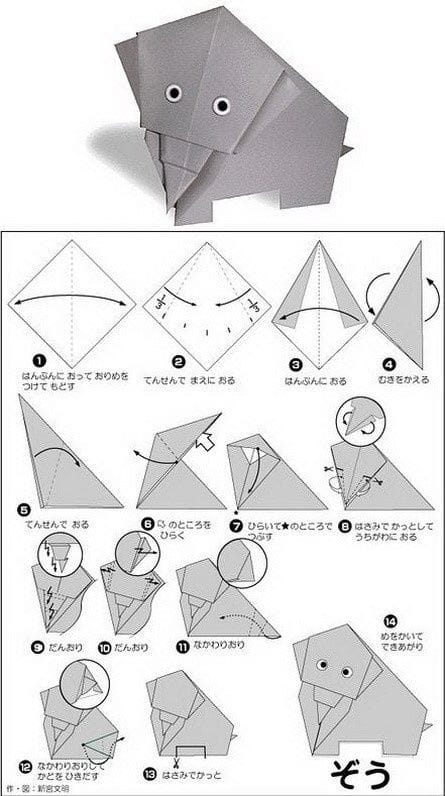
How to Fold an Origami Boat
In addition to simply folding paper into a boat shape, you can also decorate and be creative to make your artwork more impressive and lively.

How to Fold an Origami Sumo
How to Fold an Origami Pig Face
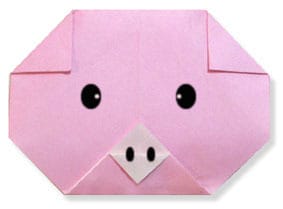
How to Fold an Origami Rooster
Origami art is truly magical! With just a few simple folds, you can make the shape of a rooster.

How to Fold an Origami Penguin Mother and Baby
The adorable penguin mother and baby can also be made from a square piece of paper. The making process is so simple, isn’t it?
How to Fold an Origami Fish

How to Fold an Origami Winged Heart
How to Fold an Origami Cherry Blossom
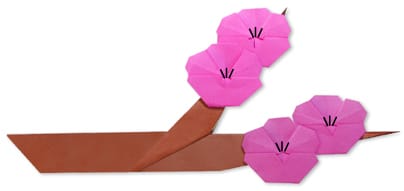
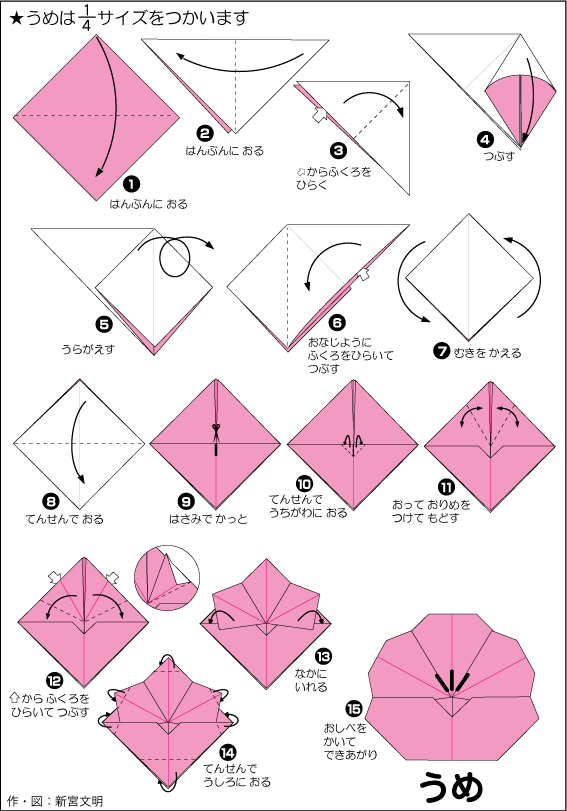
How to Fold an Origami Squirrel
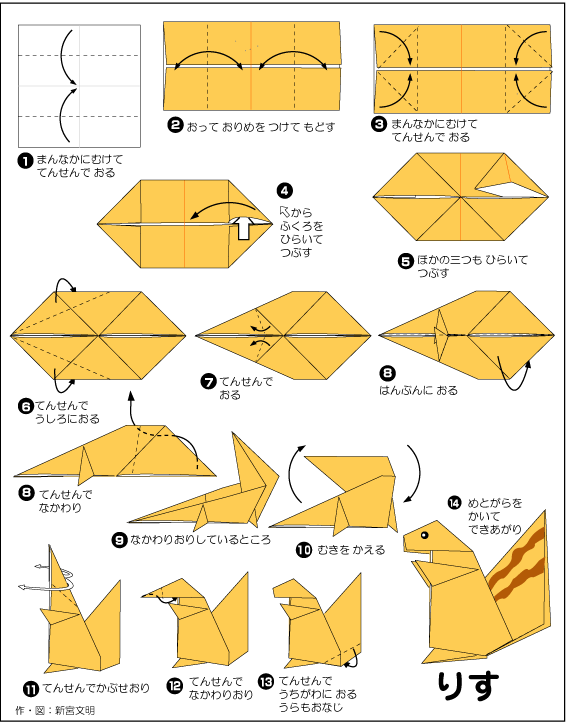
Some Origami Decorative Objects
If you want a creative living space, you can decorate your home with the Origami models that you made.
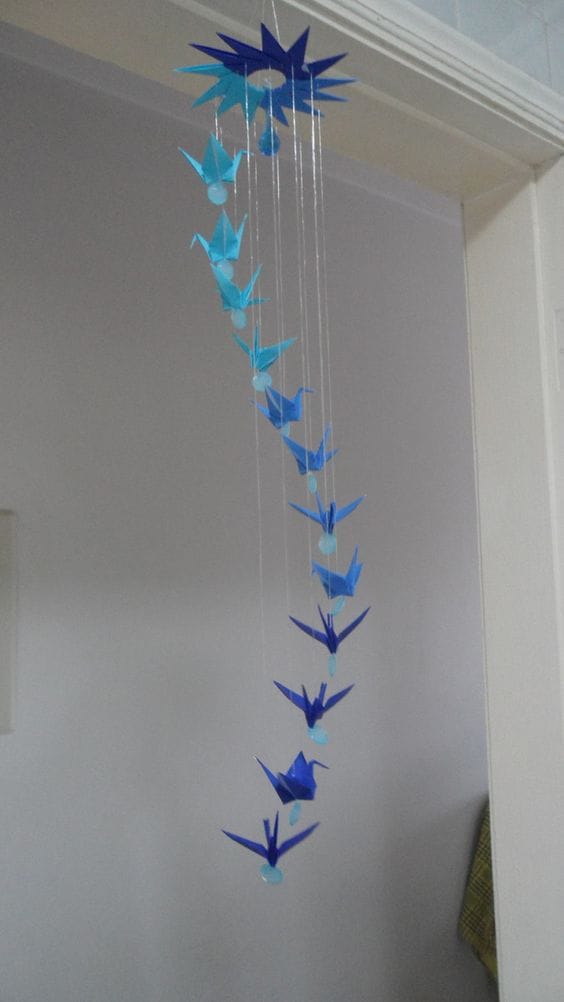
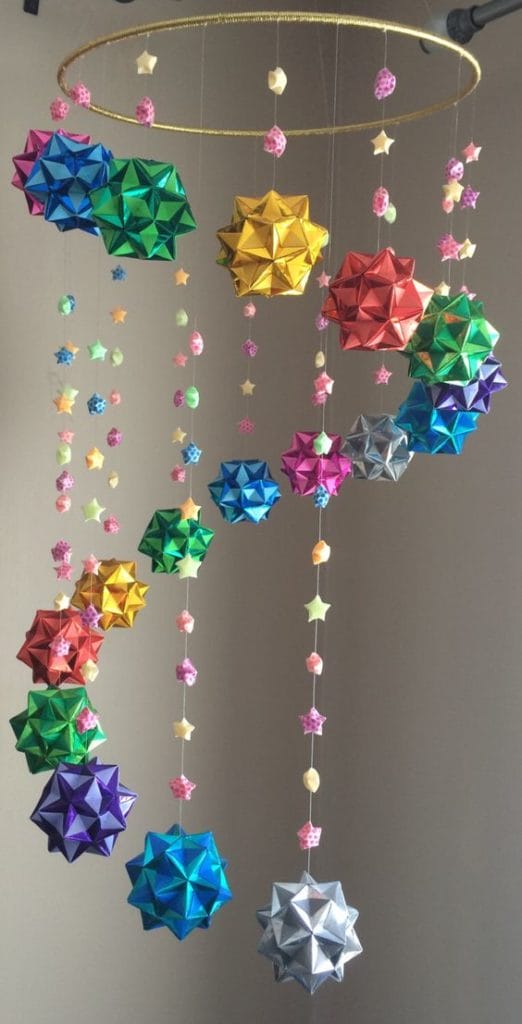
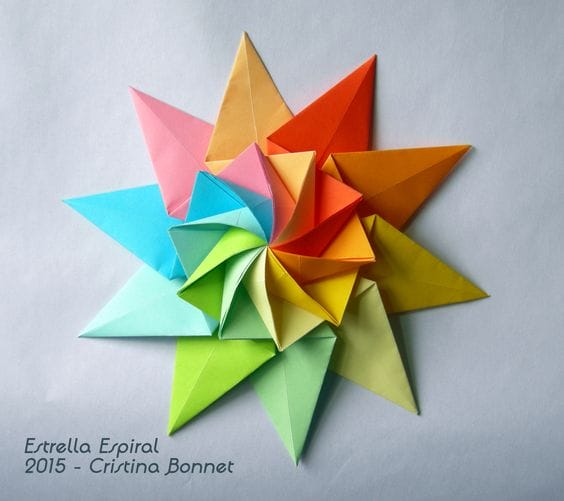
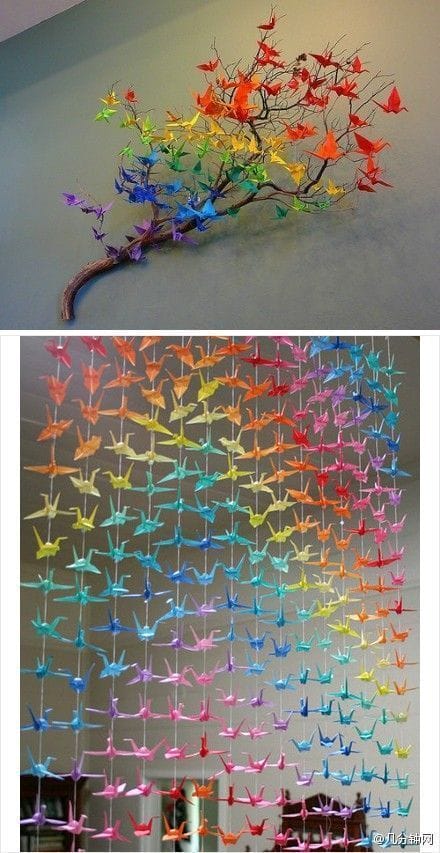
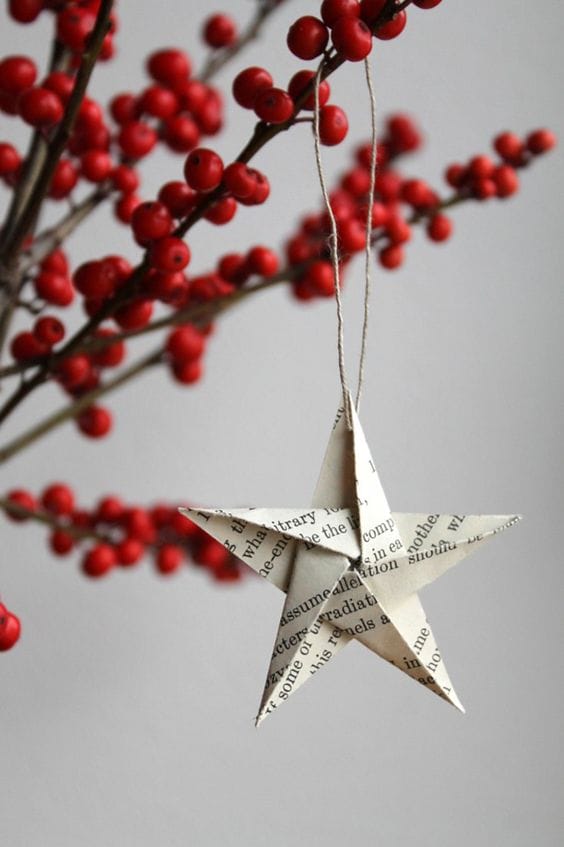
Great ideas for this year’s Christmas season!
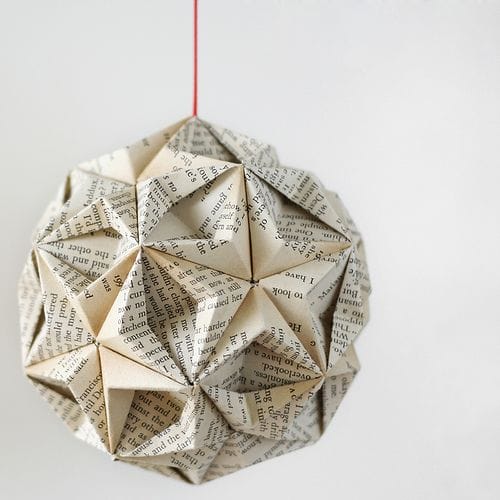
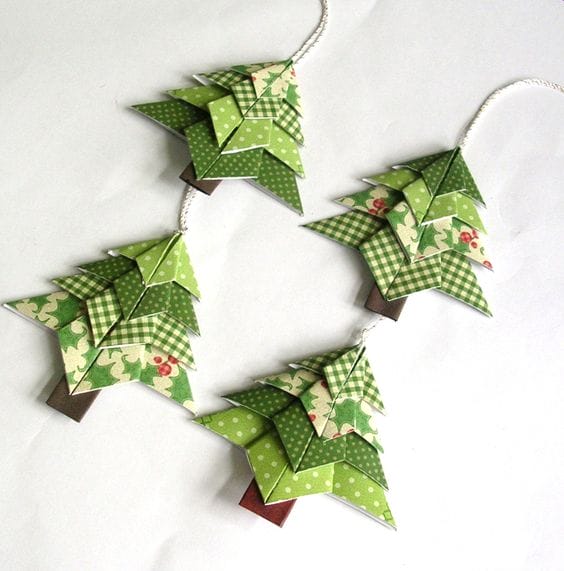
The Effects of Origami
The Psychological Effects of Origami
Origami is a gentle and meticulous art. It has been proven to soothe nerves, treat insomnia, and combat stress in many cases.
Many doctors and physical therapy experts have used origami as a useful physical and mental therapy.
Dr. Ronald S. Levy, at the 2nd International Conference on Origami in Education and Therapy, called for the use of origami to restore hand function and therapy.
The Mathematical Effects of Origami
Creating new origami patterns involves many geometric rules. It is not a coincidence that origami masters can create complex models.
Origami masters have a motto: “What you see, I can imagine; what you imagine, I can fold.”
Folding paper brings a lot of geometric and even abstract geometric awareness: recognizing triangles, squares, hexagons, bisecting angles, straight lines, curves, spatial shapes, 3D objects…
Above are the collection of origami folding techniques. Try making them and share the results with me.
Wishing you success!
The Art of Origami Paper Folding
Origami, a Japanese art form, is the skill of folding paper. The word “Origami” comes from the Japanese words “ori” meaning fold or bend and “kami” meaning paper. The term “Origami” was only used starting from 1880; before that, the Japanese used the word “orikata” to describe this practice.


























